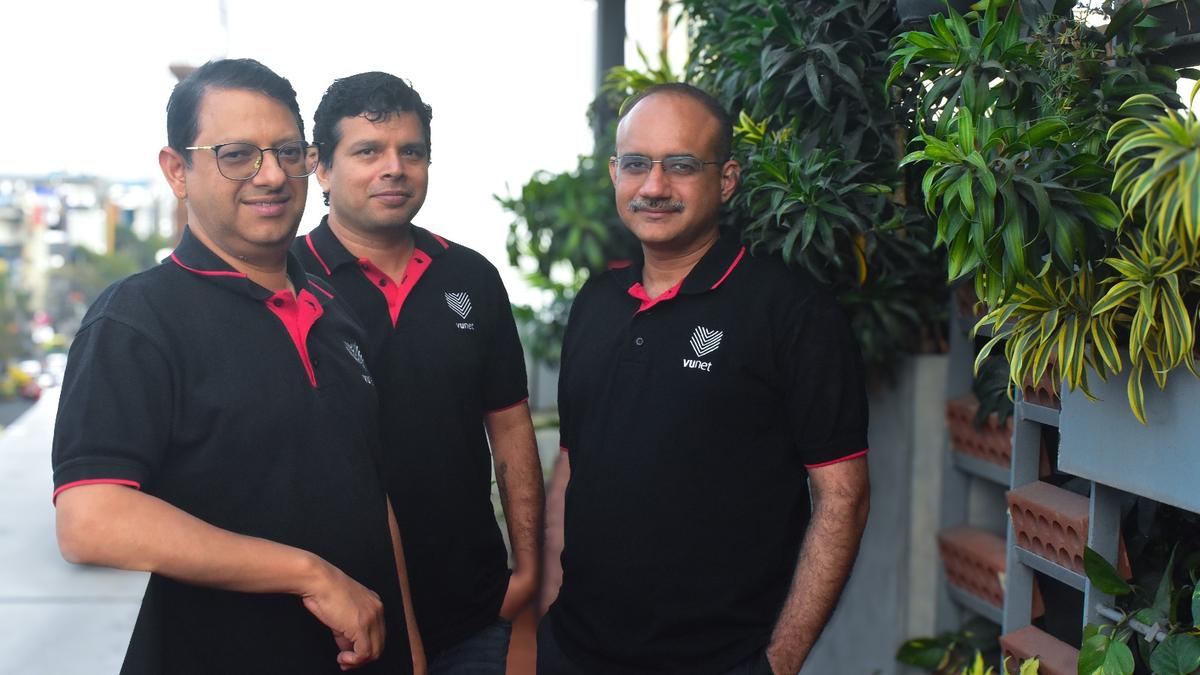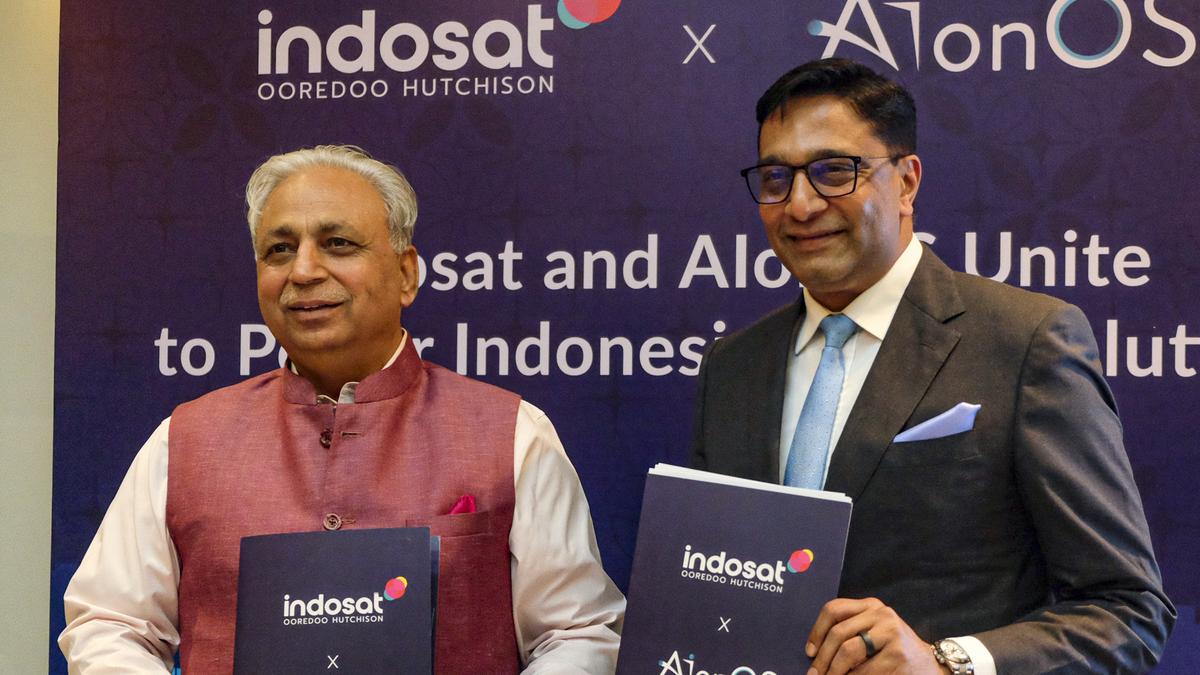R1 being built and deployed on an open source basis gives India both a signal and a key tool in proceeding down the foundational AI model path.
| Photo Credit: Reuters
The emergence of DeepSeek-R1 from China — a highly advanced Artificial Intelligence large language model (LLM) — has jolted technology stocks that were valued on the assumption that highly expensive Graphics Processing Units (GPUs) and the investments that accompanied them were key to winning in the global AI race. R1’s capacity to compete with cutting-edge models from OpenAI’s ChatGPT on a relatively shoestring budget of $6 million has transformed the debate over building a foundational LLM in India, mere months after such an undertaking was deemed too expensive to bother with.
Foundational models are the most resource-intensive LLMs to make, as they require a massive database of content on which a generative pre-trained transformer (GPT) model bases its functioning. GPTs like OpenAI’s are by far the most common type of LLMs, and their costs have raised prohibitive barriers to starting from scratch, especially for Indian firms with little cash to expend in exploratory efforts.
“Foundation models are not the best use of your money,” Infosys co-founder Nandan Nilekani reportedly said in December. “If India has $50 billion to spend, it should use that to build compute infrastructure, and AI cloud. These are the raw materials and engines of this game.” As DeepSeek R1 emerged with capabilities that seemed the reserve of highly capitalised firms like OpenAI just a few weeks ago, the template may have well changed.
Shortly after Mr. Nilekani made those observations, he had drawn opposition. Aravind Srinivas, the CEO of Perplexity, the AI-powered answering engine that has emerged as a competitor in the search engine space, said in mid-January, posted on X (formerly Twitter) that Mr. Nilekani was “wrong on pushing Indians to ignore model training skills and just focus on building on top of existing models,” and that it was “[e]ssential to do both.”
India’s cost arbitrage has been its key advantage in technology. From business outsourcing firms leveraging lower labour costs for specialised IT workflows to telecom firms like Reliance Jio leaping into the industry after network infrastructure costs sufficiently decreased, innovating on cost has been both a strength and a practical approach for Indian technical innovation. R1 being built and deployed on an open source basis gives India both a signal and a key tool in proceeding down the foundational AI model path.
“We have a ray of hope that LLM training and usage can be democratised,” Paramdeep Singh, CEO of the Gurugram-based Shorthills AI said. “It’s not people sitting in ivory towers, but talent with frugal hardware that can train the best model.” HCL founding chairman Ajai Chowdhry said in a statement that the capacity to build a homegrown LLM “exists within the country and we must create own GPUs and develop state-of-the-art models, such as LLMs, using Indian languages considering we possess an abundance of data that can be employed as a tactical advantage.”
Dr. Chowdhry, who now heads the EPIC Foundation, an organisation seeking to boost domestic electronics manufacturing, said that China’s advances were “alarming,” and cited that country’s mushrooming number of AI labs and initiatives, and said that India should keep pace. “Imported chips and enormous data centres aren’t necessary for innovation,” Mr. Chowdhry said, concurring with the growing assessment that costs are no longer the barrier that they appeared just days ago.
Union IT Minister Ashwini Vaishnaw said there were at least six developers who could develop AI models in the next six to eight months on the outer limit.. “India’s ability to develop sovereign AI solutions tailored to its cultural and economic nuances has significant implications for the global AI landscape,” Purushottam Kaushik, head of the Centre for the Fourth Industrial Revolution at the World Economic Forum, wrote earlier this month. Creating a foundational model has been an imperative for sovereignty — one of the few grounds that can justify expenditure on the scale such an undertaking requires — and now that imperative appears more within reach than before.
The Union government’s IndiaAI Mission has indicated that both the physical and software foundations — local hardware and homegrown LLMs — will both be priorities: Mr. Vaishnaw announced on January 30 that 18,693 GPUs would be made available to an array of start-ups and academia under the India AI Mission’s compute arm, and that six firms would have an LLM ready within ten months. What was revealing was the quick readiness to leverage DeepSeek’s cost-saving advance: the open-source R1 model would be installed locally within India, Mr. Vaishnaw said. (Firms like Microsoft have already done so at an unusually quick pace.)
The Economic Survey, which appears to have finalised its AI section before the DeepSeek development sank in, has pitched for leveraging AI with strong institutions and responsible private behaviour, while transforming education so that youth across sectors can leverage these advances, instead of being left behind. “The global demand for skilled AI talent is surging, and India must move quickly to prepare its youth for this transformation,” Dhriti Prasanna Mahanta, an executive at the workforce-as-a-service firm TeamLease said. “Apprenticeships, internships, and industry-driven training programmes will be instrumental in bridging the skills gap and ensuring that education aligns with the rapidly evolving needs of the tech industry.”
Published – February 03, 2025 07:02 am IST




